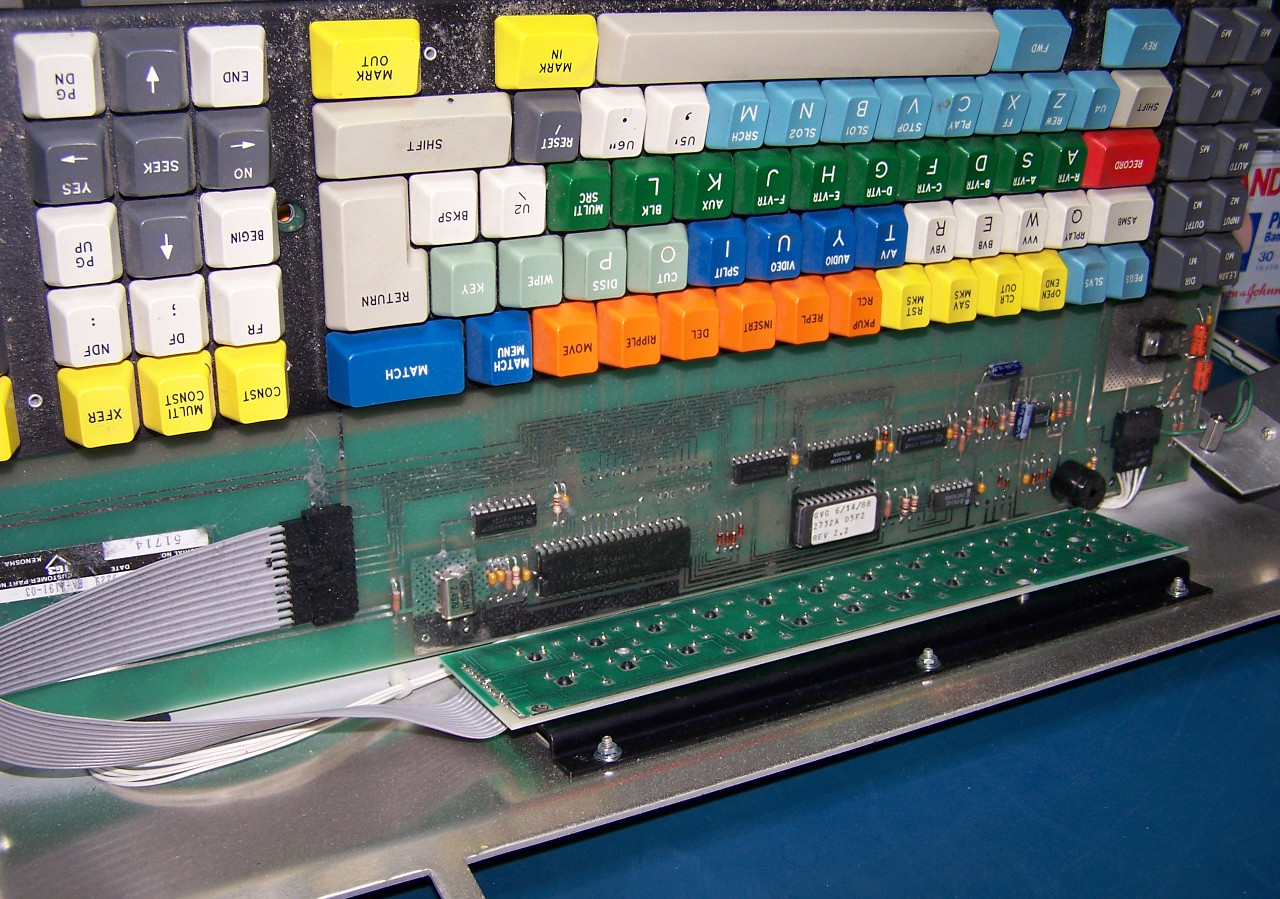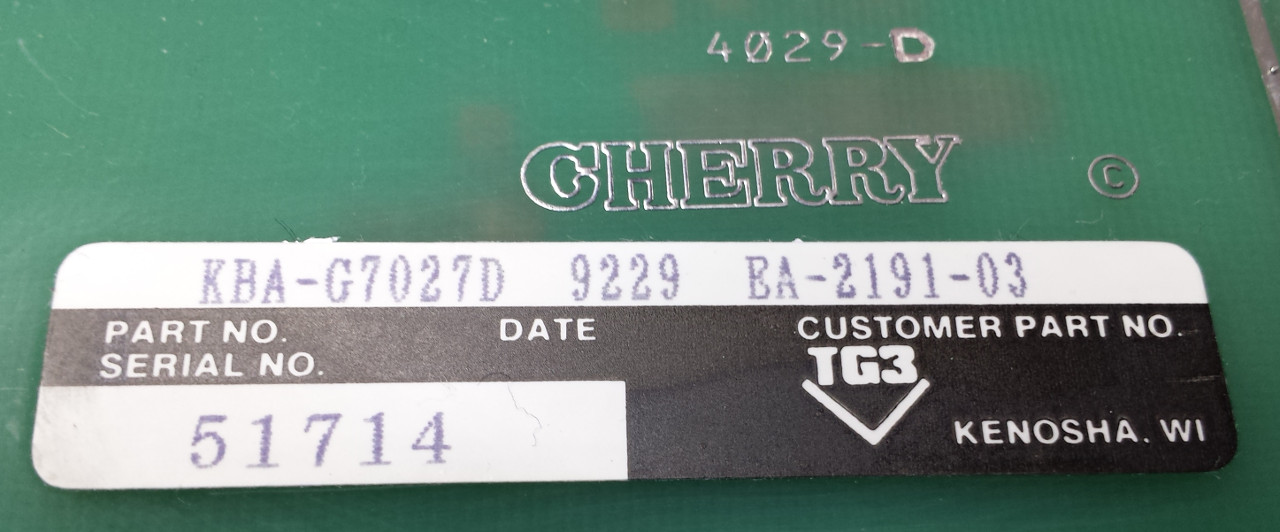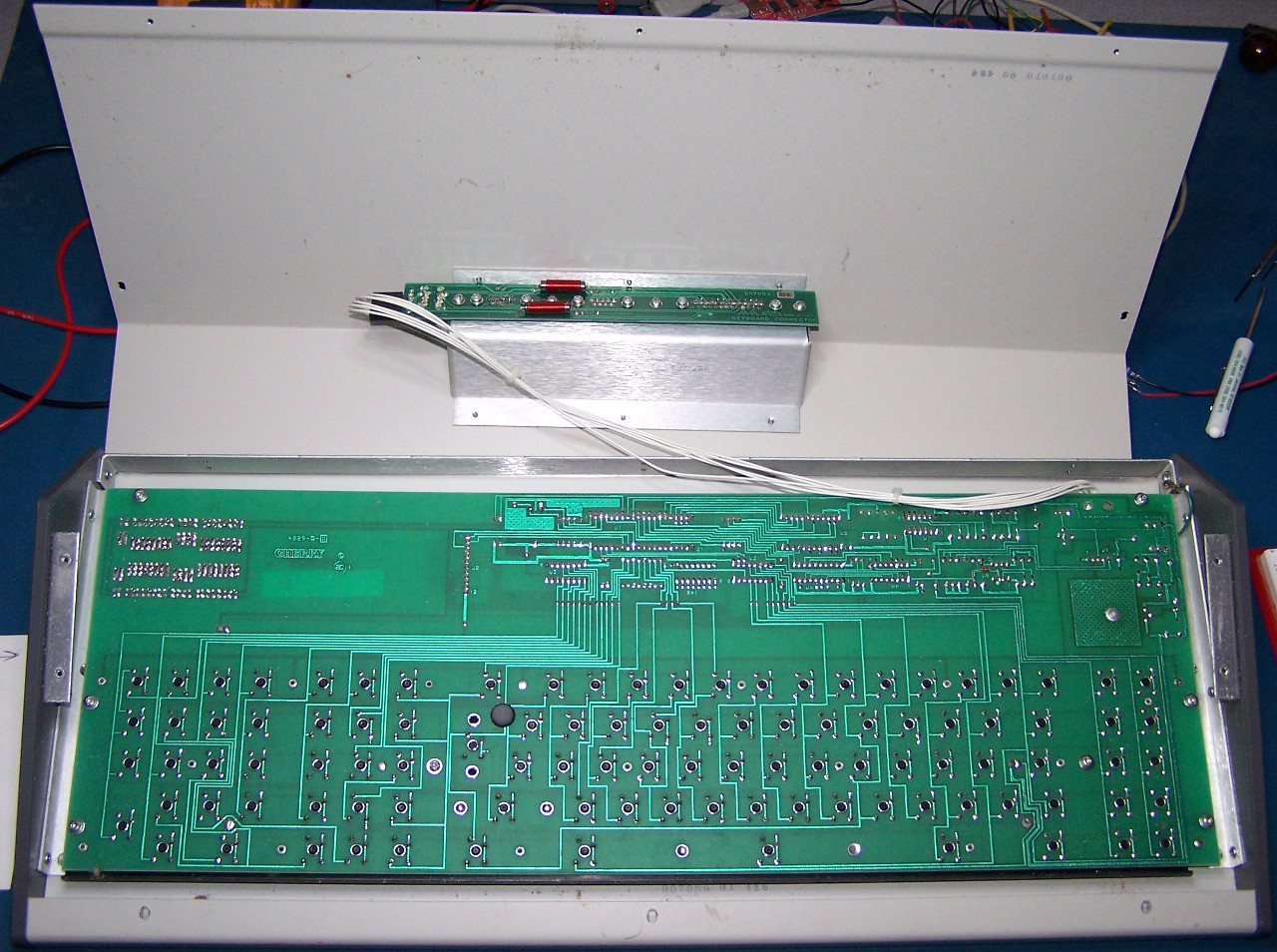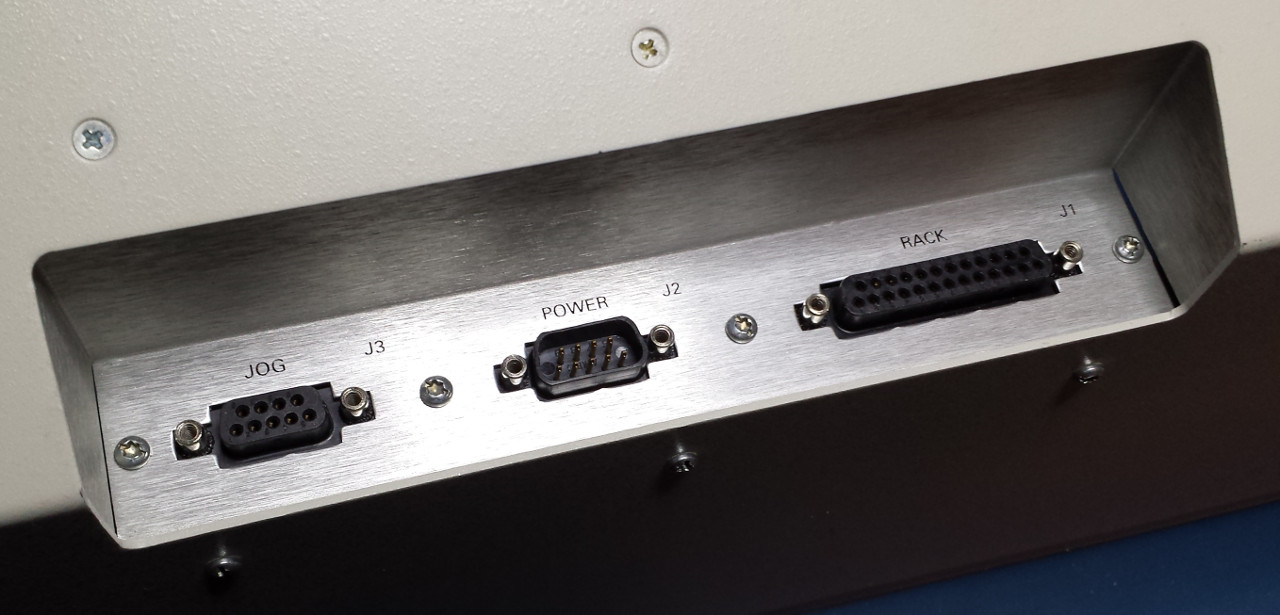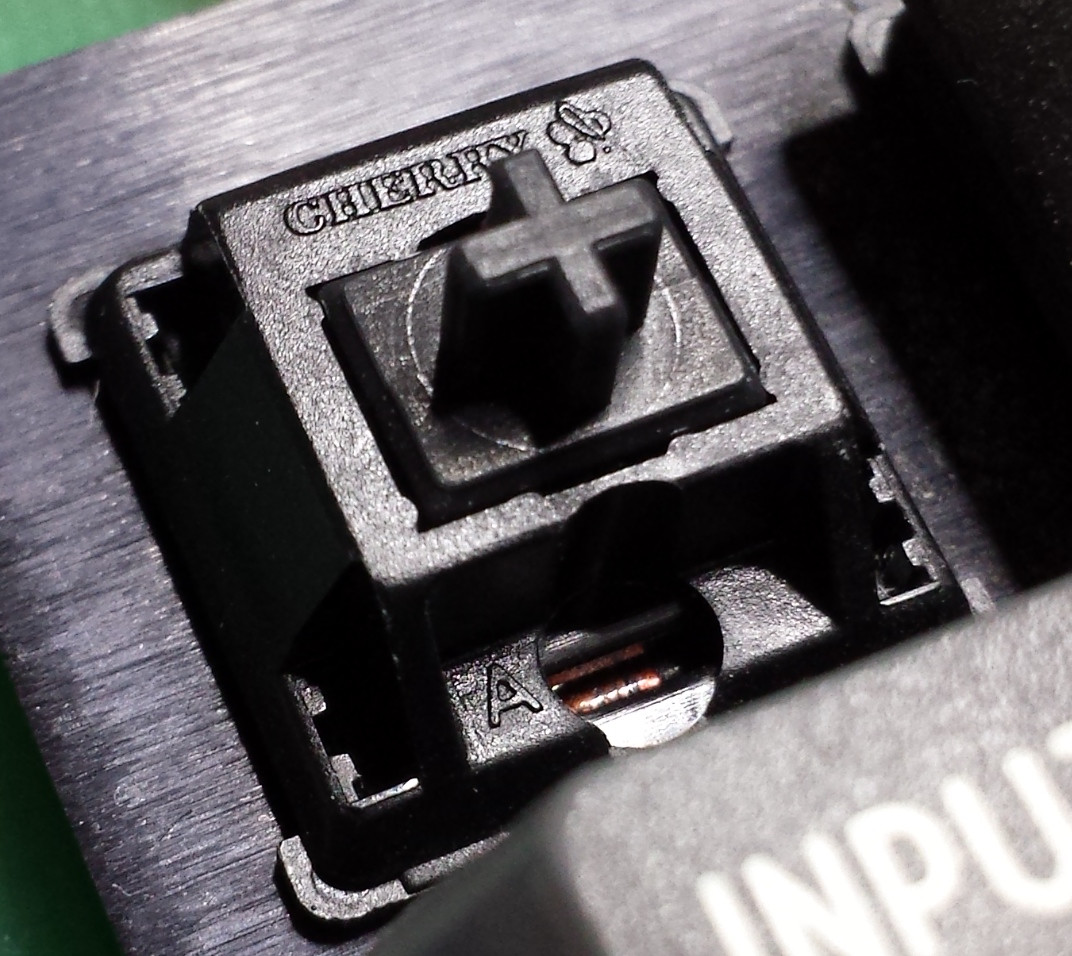Page 2 of 2
Posted: 29 Sep 2015, 16:14
by Chyros
Fuck me Oo .
Posted: 29 Sep 2015, 16:16
by klikkyklik
BWAHAHAHAHAHA! Thanks for the laugh, T!
Posted: 29 Sep 2015, 16:20
by seebart
klikkyklik wrote: Rough gauge with a tape (not calipers) is 3/32".
This might give you a better idea of its size.
That's not that big at all. Certianly no battleship maneuver. I have a review of a Micro Switch coming up that's slighty larger to put it mildly.
Posted: 29 Sep 2015, 18:18
by klikkyklik
Come on, Seebart, no man wants to hear that his equipment isn't big.

Posted: 29 Sep 2015, 18:34
by Chyros
seebart wrote: klikkyklik wrote: Rough gauge with a tape (not calipers) is 3/32".
This might give you a better idea of its size.
That's not that big at all. Certianly no battleship maneuver.
Really? 55 x 24,6 cm, now that I've broken out the tape measure, actually sounds like it would be pretty damn close to an IBM battleship oO . Especially height-wise I'd think it's actually bigger.
Posted: 12 Nov 2015, 17:55
by klikkyklik
Posted: 12 Nov 2015, 17:56
by andrewjoy
Is it just me or does that MX black look a bit ..... long ?
Posted: 12 Nov 2015, 17:58
by klikkyklik
I'd be happy to throw some calipers on it for you.
Posted: 12 Nov 2015, 18:03
by andrewjoy
Dont trouble yourself , i am sure you have seen blacks before and i will take your word for it , but the slider just looks taller.
Posted: 12 Nov 2015, 18:13
by klikkyklik
The slider extends about 4mm from the top of the keyswitch shell.
Posted: 13 Nov 2015, 11:23
by Halvar
Awesome find!
Reminds me of what 7bit plans with his HYPER7, but this is real!
Posted: 13 Nov 2015, 12:59
by klikkyklik
Mapped out power, ground, and data. To hell if I can find a clock line though. The keyboard is alive however - I'm externally powering it and logic sniffing characters from it serially with no parity, 8 data bits, 1 stop bit, idle level is low, bit encoding is high=0 (space), LSB first. There is approximately a 4VDC swing between low and high bits, measured at the rear connector.
Welcome to the letter A.

- OLS - VPE-151.jpg (5.54 KiB) Viewed 2763 times
Posted: 13 Nov 2015, 14:08
by Halvar
Well done! So it's pretty much 7500 baud serial communication with ASCII codes? Looks like you could even use the UARTS of an AVR chip...
Posted: 13 Nov 2015, 15:05
by klikkyklik
Thanks, Halvar. I wouldn't put too much faith in an exact baud rate, as it was auto-detected at a couple of different speeds (as high as 11Kbps if memory serves), based on the sampling interval I was using. It's not a pro setup I'm tinkering with at the moment (OLS on Debian with a Bus Pirate).
Notice the A in the post above is a capital... I think the ROM is programmed to output only capital letters. It would jive with the observation that there is no CAPS LOCK. I realize that the keycaps can have anything printed on them, but in this case, I have a feeling CAPS LOCK wasn't needed because the video editing system didn't support small-case characters? Just a thought.
I'll do some more probing in the coming days as time allows.
Posted: 15 Nov 2015, 15:01
by klikkyklik
On one hand, it was the n00b in me that suggested the caps-locking mechanism was handled keyboard-side, and that's why I was observing a capital A instead of a lower-case A. My mistake- this is my first attempt at "talking" to
any keyboard. In my defense, this thing is such a custom job that ... I suppose it could happen.

So yes, the CPU is scanning the matrix and outputting bytes serially. Knowing this, on the letter portion, it outputs what you would expect: A key = 65 ($41), B key = 66 ($42). For grins I mapped out some of the other keys, just to see what it would generate.
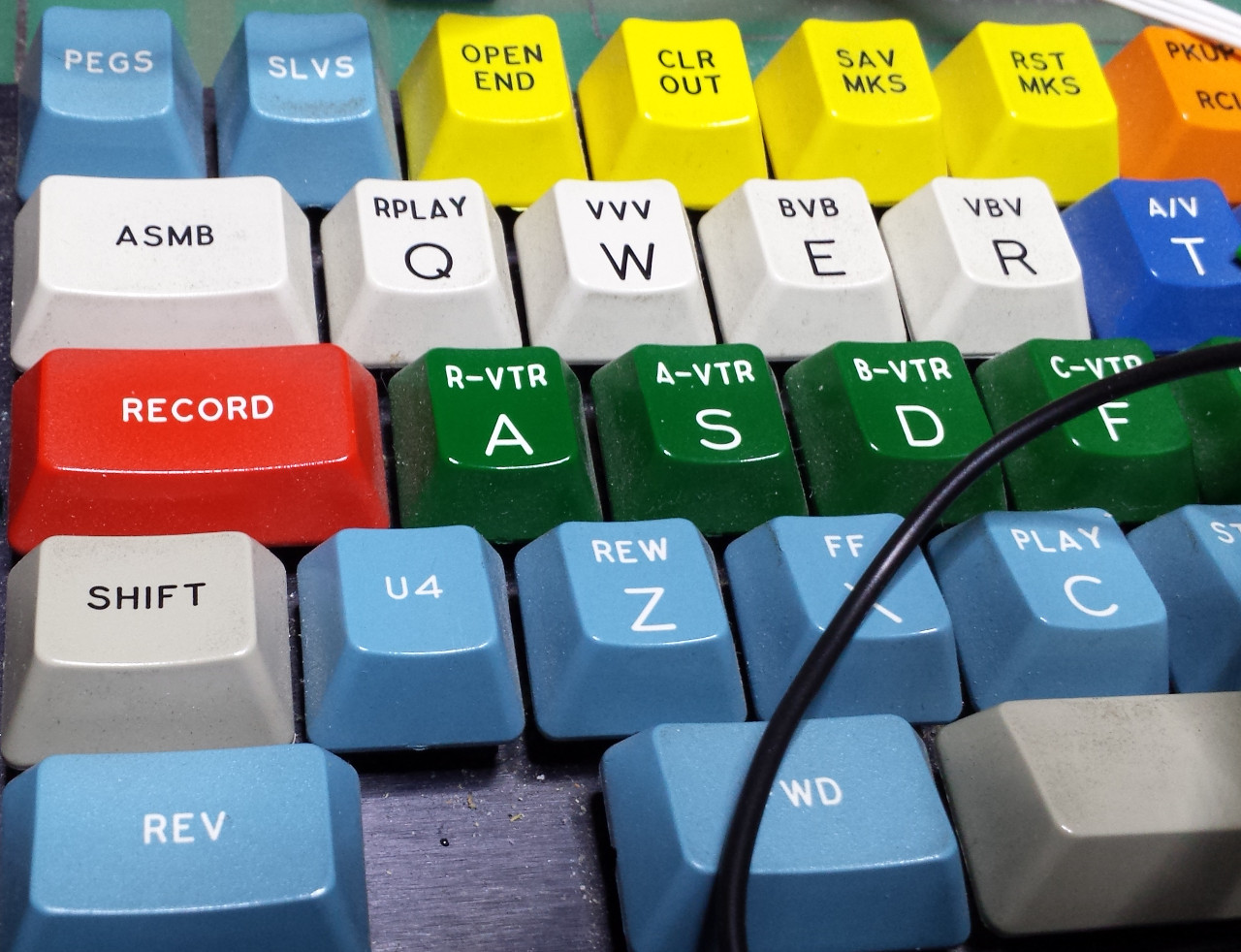
- vkeys.jpg (285.56 KiB) Viewed 2690 times
ASMB (where a TAB key normally sits) = decimal 39 (hex $27)
RECORD (where CAPS LOCK usually is) = 40 ($28)
Left SHIFT = 41 ($29)
U4 = 42 ($2A)
REV (left CTRL position) = 43 ($2B)
FWD (left ALT position) = 93 ($5D)
PEGS (tilde position) = 245 ($F5)
SLVS (1 key position) = 246 ($F6)
OPEN END (2 key position) = 115 ($73)
CLR OUT (3 key position) = 116 ($74)
SAV MKS (4 key position) = 118 ($76)
RETURN key = 13 ($0D) (ASCII carriage return – nice)
ENTER key (far right on numeric keypad) = 10 ($0A) (ASCII newline)
SPACE = 144 ($90) (not a decimal 32 for an ASCII space? Hmm)
Anyway, this has been a fun experiment and all, and I purchased the board because I couldn't pass up the thing for the price. I originally thought that perhaps standard keyboard signals were being routed to the connectors in back, it might be fun to use on occasion - and it certainly is a conversation piece. Now that I know how it works, it would indeed be possible for me to interface it, but the "problem" I'm having now is whether to spend the time on it. I don't like Cherry MX blacks and I don't care for the layout, so I'm just going to sit back and see if something gels.
Posted: 19 Nov 2015, 23:43
by richfiles
Desolder all the switches... Put in blues.
I get the blues if I don't hear that click!

That is a very intriguing keyboard. The next question, is how does it handle multiple keypresses, and holding a key down? Does it have any signaling at ALL to support anything more than 1KRO, if it's basically functioning like a serial terminal?
Posted: 19 Nov 2015, 23:47
by klikkyklik
Yeah, it is a pretty intriguing bugger. I don't know on the 1KRO- I didn't check that. I've reassembled the keyboard for now and shelved it, but I don't have any strong desire to part with it. I'm hoping I can find a G80-2100 (saw a reference to that on Geekhack) that might fit in there, and if I can find one reasonable, I would consider swapping its switches for blues and trying it in there. I will not alter the original PCB/switches.
